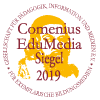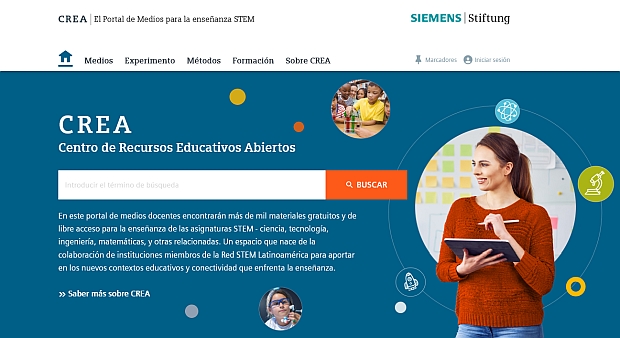Direct current for long-distance transmission
Text
Information sheet:
Today, direct current is the means of choice for transporting electric power over long distances. Lower transmission losses are incurred than with alternating current. This is made possible by modern high-performance electronics.
Type of media:
Text
Last update:
2018-07-13
License:

This medium is made available under a CC BY-SA 4.0 international license.
What does this mean?
How to reference this medium

This medium is made available under a CC BY-SA 4.0 international license.
What does this mean?
How to reference this medium
Description:
High-voltage, direct-current transmission (HVDC) is a method based on modern high-performance electronics for transporting electric power over long distances with low loss. This ends the reliance on alternating current transmission. The advantages of HVDC technology are explained here and their historical development described. In addition basic information is provided about HVDC technology and the electronics elements used, especially thyristors.
Learning resource type:
Information sheet
Subjects:
Physics; Technology
Grade levels:
Grade 10 to 13
School types:
Middle/high school; Vocational training
Keywords:
Energy supply; Future; Technology; Electric power supply; Energy efficiency; Energy supply; Technology of the future
Bibliography:
Siemens Stiftung Media Portal
Author:
Horst Heiermann and Dr. Michael Huber using material from wdwd - Eigenes Werk, Diagram based on data set from: „380-kV-Salzburgleitung, Gutachten von B. R. Oswald, Institut für Energieversorgung und Hochspannungstechnik Universität Hannover, 27.12.2007“ (Fig. 1; license: CC BY-SA 3.0) edited by Siemens Stiftung,
Rights holder:
© Siemens Stiftung 2017



